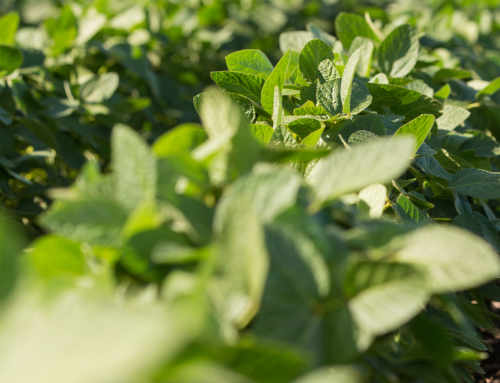
Feasibility study shows need for soy crush facility in Wisconsin
Share This
In the 1989 Kevin Costner movie “Field of Dreams,” a voice ominously says, “If you build it, he will come.”
In Wisconsin, there is a different type of “Field of Dreams” playing out, one in which soybean farmers are saying: “If you build it, we will come.” In this case, “it” would be a crushing facility, which the Wisconsin Soybean Marketing Board (WSMB) recently established, via a feasibility study, is more than needed in the state of Wisconsin.
“Wisconsin produces more than 100 million bushels of soybeans each year, yet we have limited options to deliver our soybeans to market in the state without a crushing facility,” said WSMB Chair Patrick Mullooly.
The feasibility study found ample supply of soybeans for a facility in either the west-central or southern parts of the state.
“We have identified a couple of locations,” Mullooly said. “When you work through studies like these, there are several factors that are considered. While some potential sites have been identified, our job now is to get this study in the hands of industry partners who have the ability to take this to another level.”
According to the study, if a facility crushed 20-million bushels a year, it could produce 1,350 tons of meal per day, or roughly 445,500 tons of meal per year.
Wisconsin-produced soybean meal is essential to the state’s livestock industry. According to the United Soybean Board, poultry consumes a majority of the U.S. soybean meal demand at 61%. Swine and dairy are the next largest consumers of soymeal at 17% and 14.5% respectively.
In Wisconsin, according to the Soymeal Info Center, most soybean meal (669.3 thousand tons) is fed primarily to dairy cows (384.4 thousand tons), followed by broilers (112.9 thousand tons) and egg-laying hens (58.2 thousand tons).
The feasibility study indicates that a local processing facility (within a 100-mile radius) typically improves basis by 12 to 15 cents, which adds value back to soybeans sold in the vicinity of the facility.
“Wisconsin deserves a soybean crushing facility,” Mullooly said. “Not only would soybean farmers benefit from reduced basis and trucking costs, but our livestock producers would benefit by having a local, affordable feed source as well.”
Mullooly said besides the in-state markets for soybean meal, he is hopeful expansion of the Agricultural Maritime Export Facility at the Port of Milwaukee will be another attraction to a company looking to build a crushing facility in Wisconsin.
“The DeLong Company’s expansion really opens the door for Wisconsin agriculture,” he said. “If a crush facility were to be built in the future, we’d hope this would be another avenue to move products coming out of that facility.”



